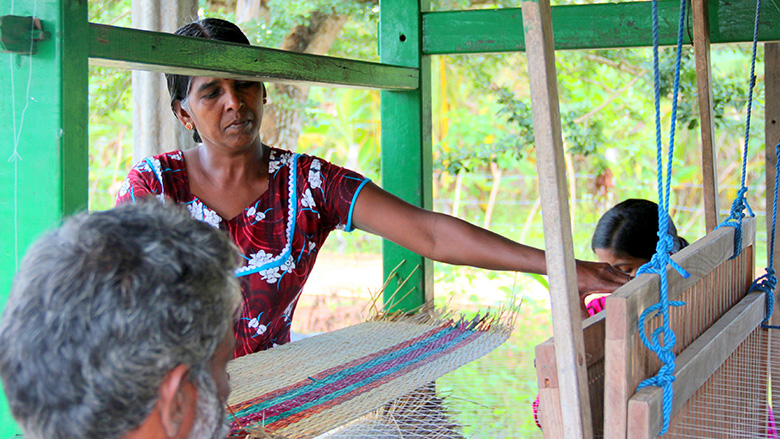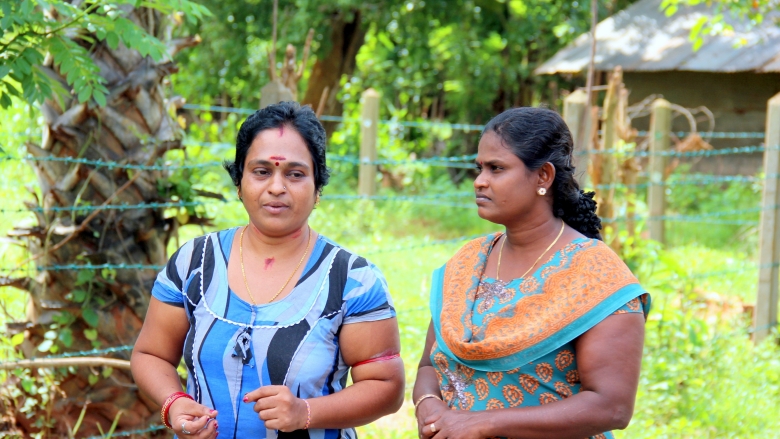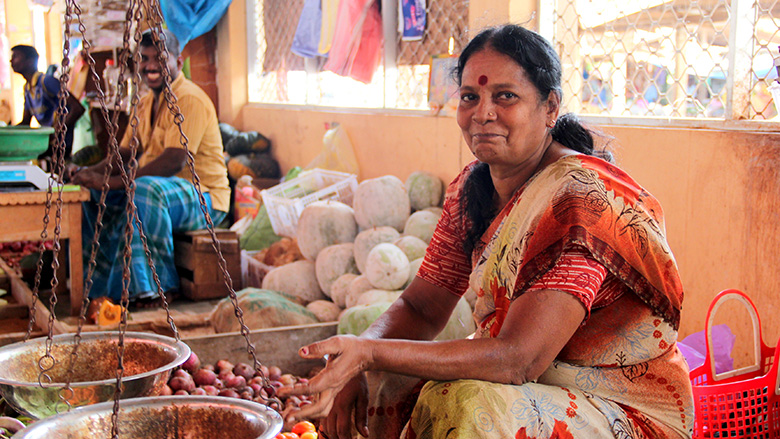Challenge
At the end of Sri Lanka’s 30-year civil war in 2009, the country faced a huge task to restore damaged infrastructure in the conflict-affected North and East, while quickly delivering better livelihoods for communities that had been repeatedly displaced by the fighting. Beyond the extensive physical damage to public infrastructure, the thirty-year conflict splintered community links and led to the displacement of large numbers of people Nearly all residents had poor access to the labor market and economic opportunities. Despite strong economic growth largely due to the post-conflict rebound, the region experienced issues with limited capital investments for infrastructure amidst rapid growth of the urban population.
Solution
The project is designed to improve the delivery of infrastructure services (such as rural roads and drinking water supply) by local authorities in the Northern and Eastern Provinces, to strengthen their service delivery systems, and to build capacity to deliver their mandated services. The unique design of this project is that each community contributes three percent of the cost by providing labor or utilities like water or electricity. In addition, community members can identify their own needs and prioritize how the money is spent by voting in public town hall meetings.
Approach
To properly evaluate needs, project preparation included a Governance and Accountability Action Plan and a Conflict and Reconciliation Filter, which emphasized improving community cohesion and building trust between citizens and the government. Project design incorporated relevant lessons from global experiences (e.g. Bangladesh, Uganda, and Indonesia), as well as lessons from similar programs and projects in Sri Lanka, prioritizing (i) community participation from inception and at all stages; (ii) rapid provision of basic infrastructure facilities using local resources; (iii) sufficient numbers of capable staff in place; and (iv) extensive information and communication to inform citizens about project design, work plans, and the grievance redressal mechanism.
Most importantly, the project combined availability of predictable and timely resources to local authorities with greater local autonomy in the public expenditure process and enhancement of public accountability systems to foster responsive and efficient infrastructure development and service delivery.
The project aimed to strengthen accountability and there were significant efforts to facilitate working with stakeholders and improve regional and central governance interaction with local authorities. Training was provided for both elected officials and staff. To ensure high quality implementation, Project Appraisal Teams appraised sub-projects for potential safeguard issues and assessed their viability. Social Audit Committees oversaw project design, implementation and provided a link to the community. Because of these efforts, all 101 project-assisted Local Authorities publicly disclosed their revenues, expenditures, and procurement decisions thus building trust with the community.



